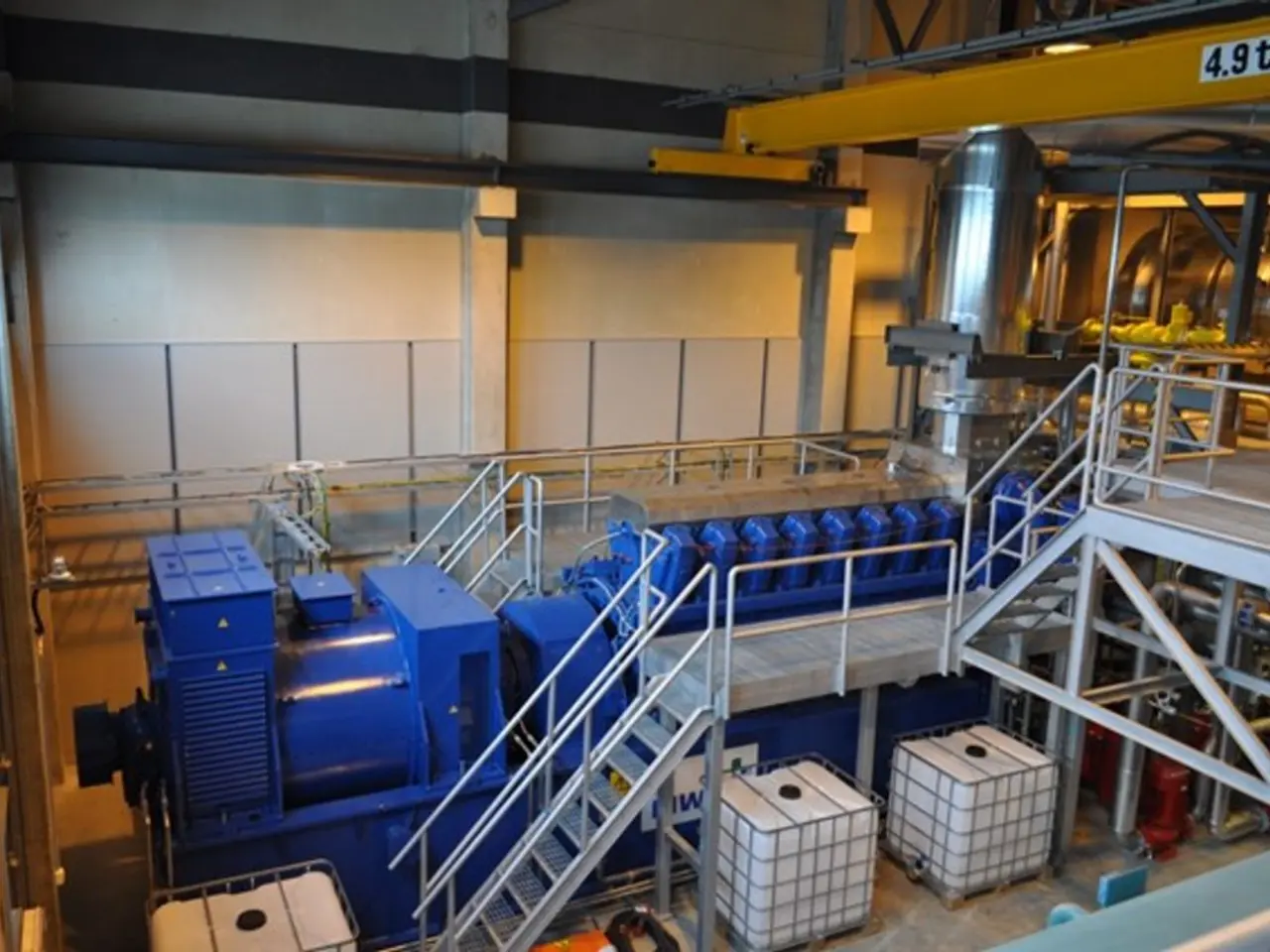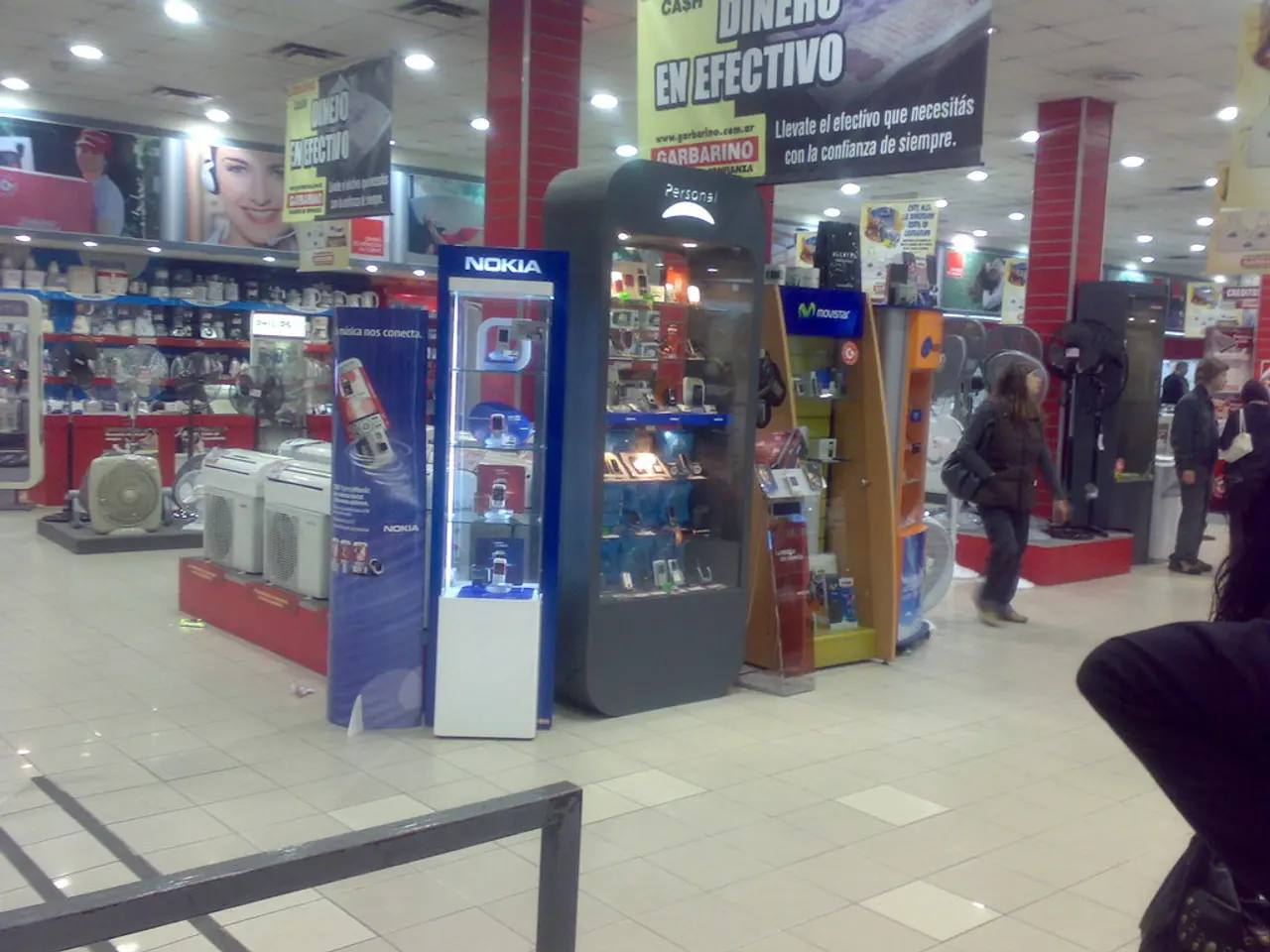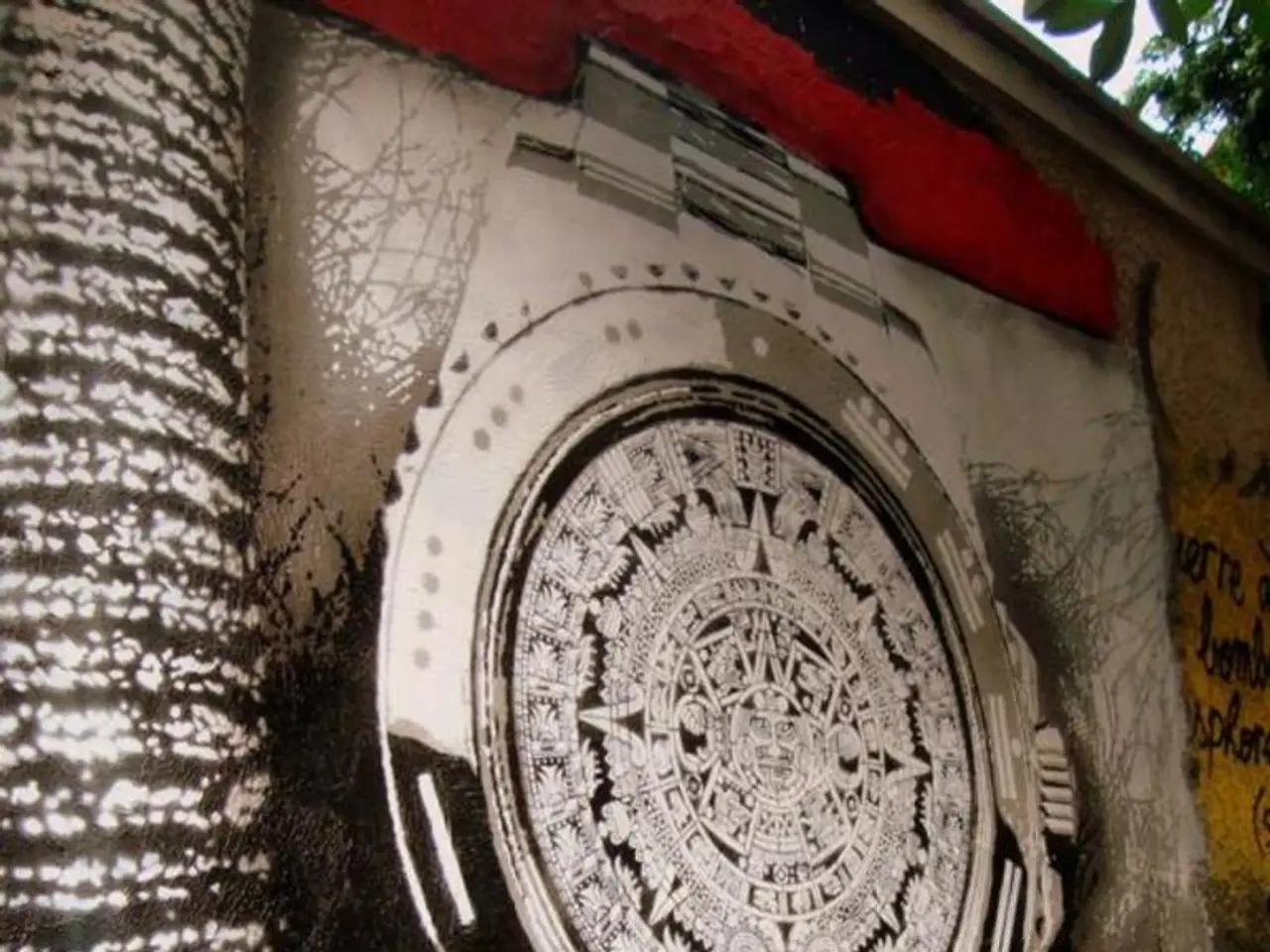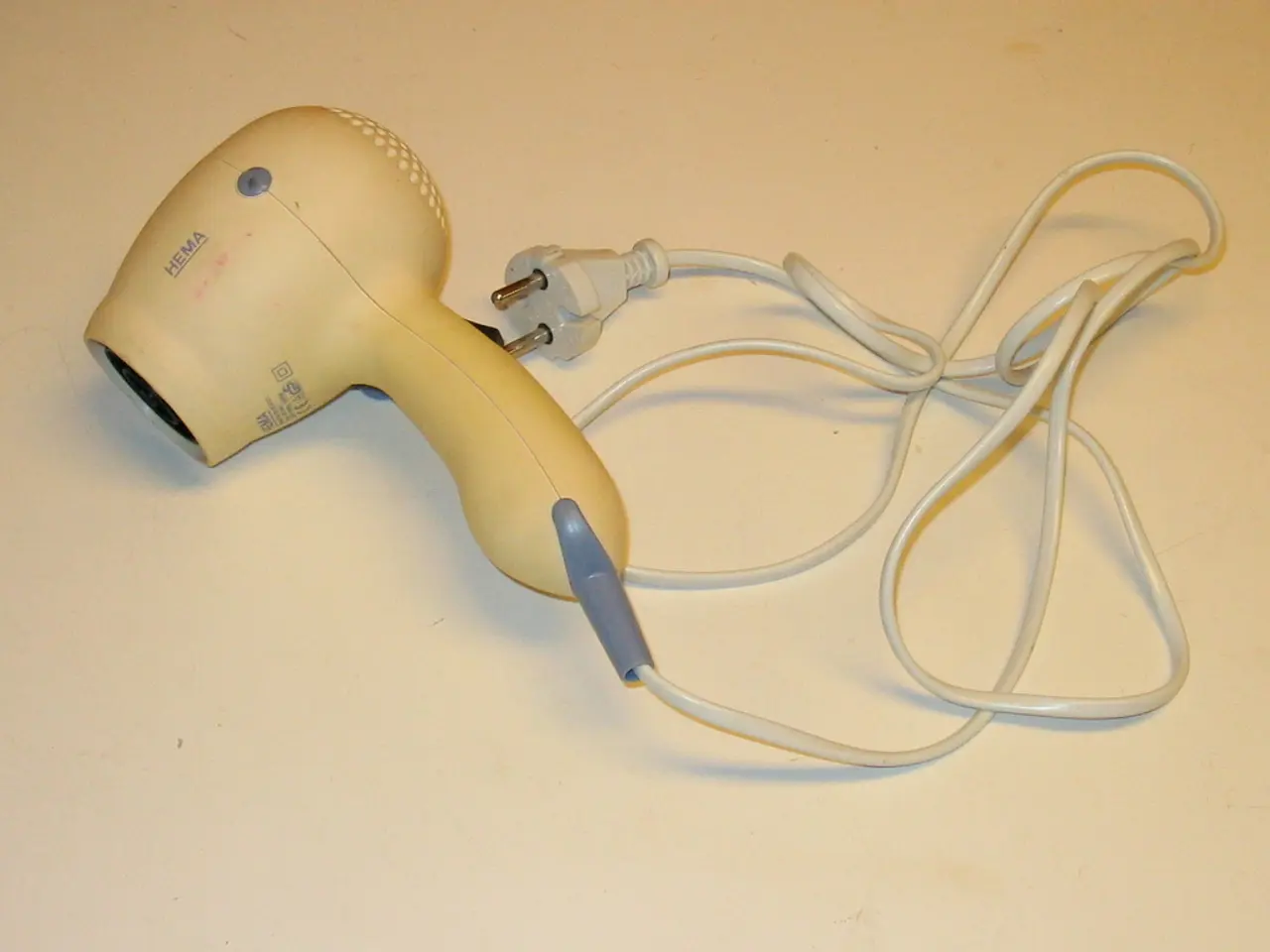Anticipated Outcomes Following Your PCB Orders
Sierra Circuits, a leading manufacturer of printed circuit boards (PCBs), has established a robust system that caters to prototyping and production needs across diverse industries such as aerospace, medical, and automotive.
The meticulous process begins with the submission of crucial input files, including Gerbers/ODB, IPC netlist, NC drill file, and fabrication drawing. These files serve as the blueprint for the PCB manufacturing process.
To ensure the highest quality, Sierra Circuits employs a series of checks during the manufacturing and assembly stages. Design for Manufacturing (DFM) checks validate each component's authenticity, size, spacing, and tolerances, while Design for Assembly (DFA) checks ensure the testability of the design and identify potential errors during the fabrication process.
The company's Design for Manufacturing Handbook, spanning 40 pages and 10 chapters, offers an advanced overview of the design aspects that impact the manufacturability of a board. Similarly, the Design for Assembly Handbook, with 50 pages and 6 chapters, covers recommended layouts for components, common PCB assembly defects, and factors that impact the cost of the PCB assembly.
In the event that design changes are required after an order has been placed, customers can liaise with their account manager to put the order on hold and share the new design data. Depending on the scope and nature of the changes, the engineering team may suggest part substitutions or design adjustments to incorporate preferred components.
Minor fixes and component-level changes can be addressed on existing PCBs through precise rework and repair processes, while substantial design changes necessitate redesign and reordering of PCBs to implement the updates effectively.
The manufacturing process involves inner layer imaging, lamination, hole creation (drilling), copper deposition/plating, solder mask application, surface finish, and silkscreen application. The completed board undergoes X-ray inspection for integrity, particularly after single- or double-sided ball grid array or micro-BGA installation.
Quality testing vets the manufactured circuit boards in accordance with IPC-A-610, IPC-A-612, and IPC-A-613 assembly standards, as well as certifications including ISO:9001:2008, ISO:13485:2003, and the RoHS directive.
Orders are shipped to the customer's address through courier partners. For consigned assembly orders, customers must adhere to the provided kitting guidelines. For turnkey orders, Sierra Circuits will procure all necessary components and materials through their specialized buyers and component engineers.
In the rare instance that errors are found, the user will be informed and guided to make the necessary corrections. The bill of materials (BOM) contains the list of components and their specifications required for assembly. Raw material inspection checks components for quality and acceptance, ensuring that only the best components are used in the manufacturing process.
[1] [Source for rework and repair processes] [2] [Source for design changes]
Technology plays a crucial role in the precision and efficiency of Sierra Circuits' PCB manufacturing process, as advanced software and tools are employed for DFM, DFA, and quality testing checks to ensure high-quality products.
In instances of design changes or errors, technology also aids in the rework and repair processes, enabling the engineering team to make necessary modifications and maintain the integrity of the circuit boards.
[1] Source: IPC Designer's Guide to Rework and Repair - Electronics Industrial Association (EIA)[2] Source: Sierra Circuits' Customer Portal - section for design changes and corrections.




